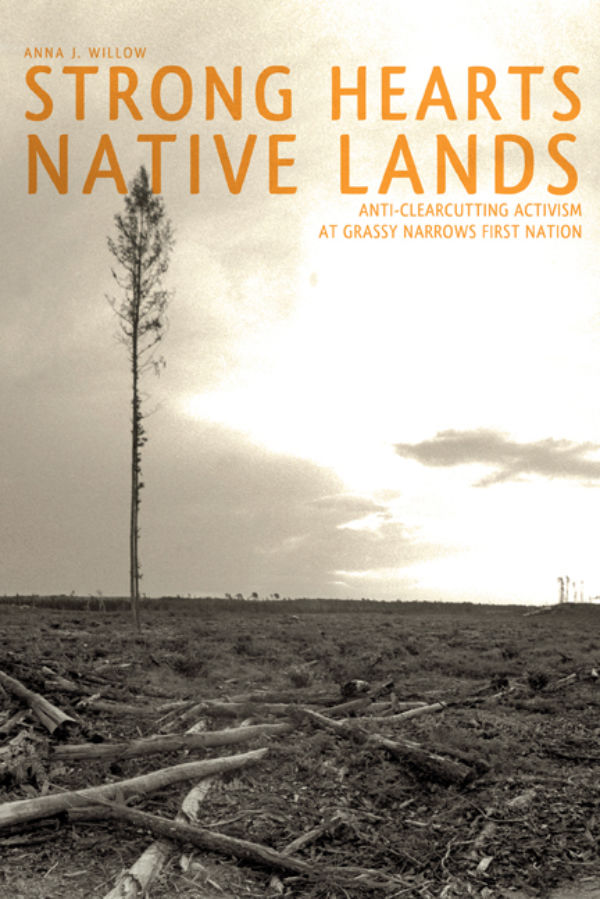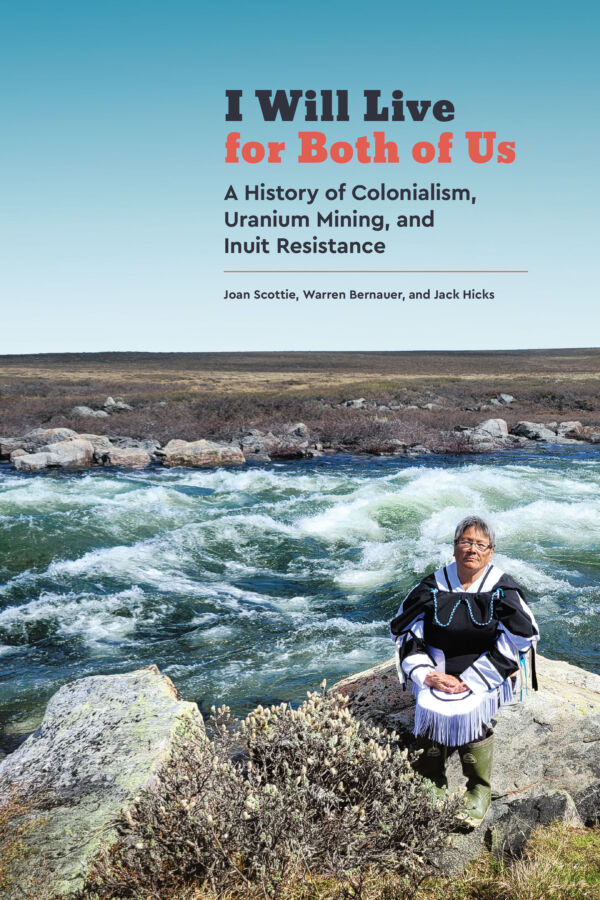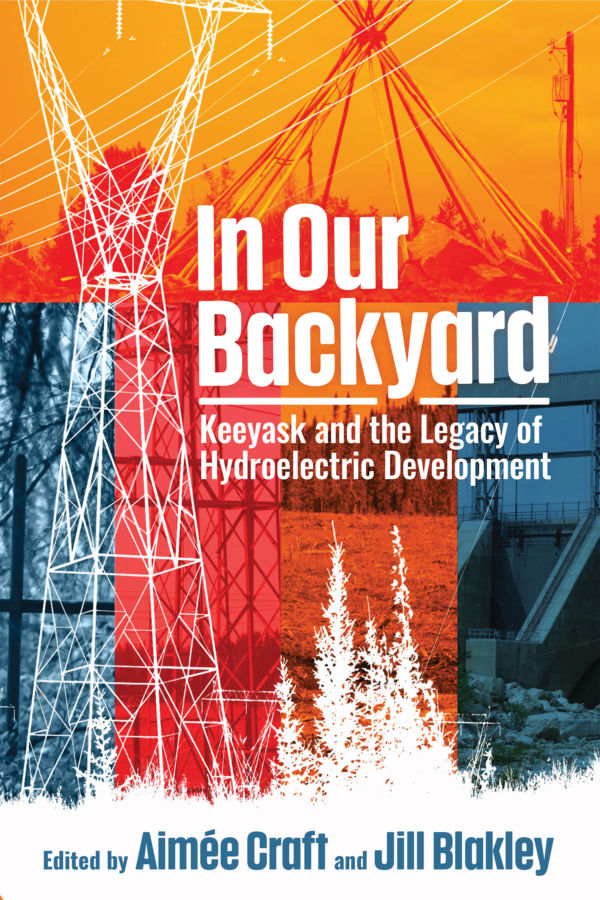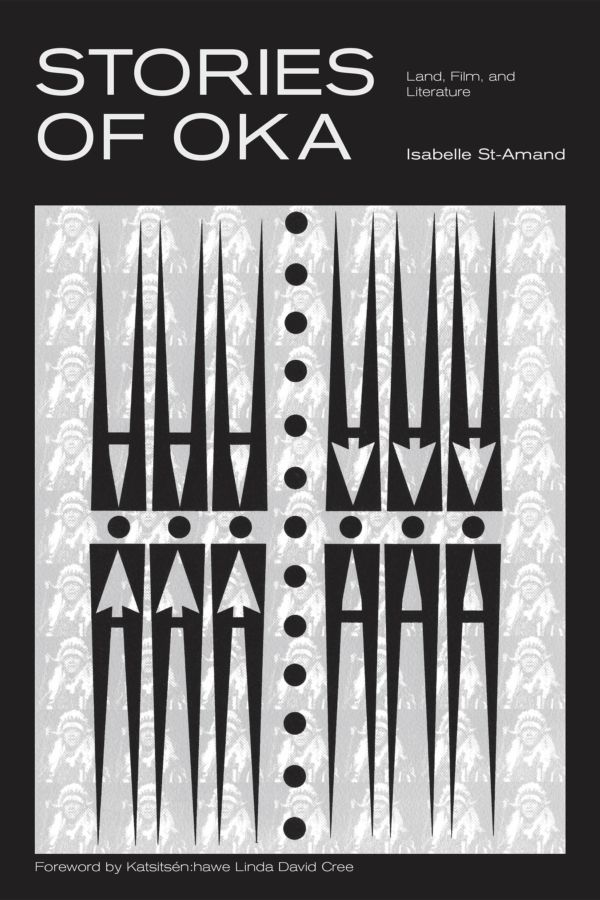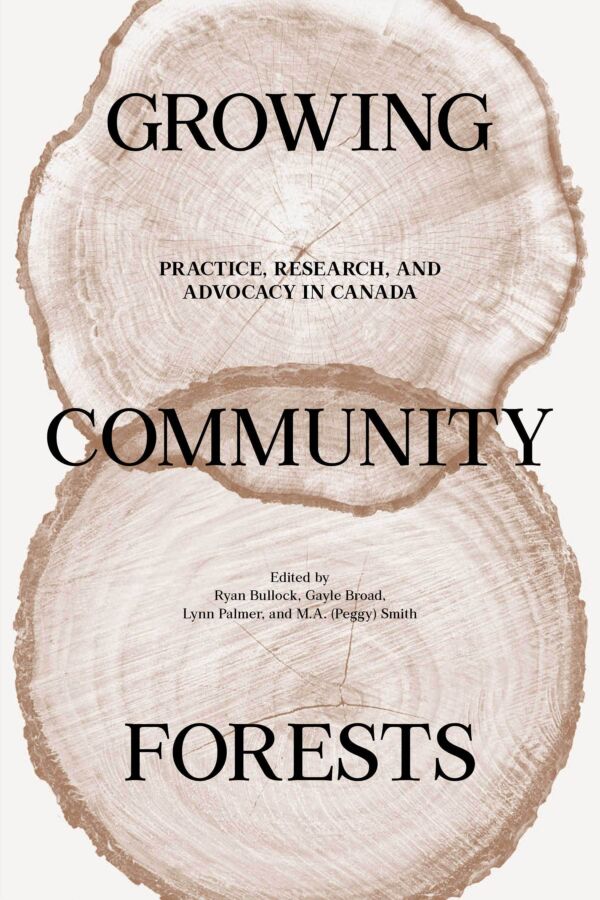Overview
In December 2002 members of the Grassy Narrows First Nation blocked a logging road to impede the movement of timber industry trucks and equipment within their traditional territory. The Grassy Narrows blockade went on to become the longest-standing protest of its type in Canadian history. The story of the blockade is a story of convergences. It takes place where cultural, political, and environmental dimensions of Indigenous activism intersect; where history combines with current challenges and future aspirations to inspire direct action. In Strong Hearts, Native Lands, Anna J. Willow demonstrates that Indigenous people’s decisions to take environmentally protective action cannot be understood apart from political or cultural concerns. By recounting how and why one Anishinaabe community was able to take a stand against the industrial logging that threatens their land-based subsistence and way of life, Willow offers a more complex “and more constructive” understanding of human-environment relationships. Grassy Narrows activists have long been part of a network of supporters that extends across North America and beyond. This book shows how the blockade realized those connections, making this community’s efforts a model and inspiration for other Indigenous groups, environmentalists, and social justice advocates.
Reviews
“Strong Hearts, Native Lands is an intriguing study of the meaning of both the land and the protest as identity-shaping forces. Situated in a longer historical context and theoretically informed, it sheds light on the complex nature of twenty-first-century indigenous activism and engages in a number of historical and anthropological debates. This study should be of interest to any scholar considering research in a First Nations setting because of the ethical and methodological musings that inform her work. Finally, and most important, this work records an important achievement through nonviolent means by activists at Grassy Narrows while offering a hopeful vision for the youth of Grassy for whom Willow endeavored to write this work.”
Seth Adema, H-Net Canada
“Rather than treat the members of the Indigenous community of Grassy Narrows First Nation as victims of the industrial exploitation of forests in their territory, Anna Willow has written a book that attempts to understand the motivation and role of the people who were instrumental in establishing Canada’s longest-lasting blockade, as well as those affected by it.”
Peggy Smith, AlterNative
About the Author
Table of Contents
Introduction
Ch 1. Anishinaabe Cultural History and Land-Based Subsistence
Ch 2. From Aboriginal Policy to Indigenous Empowerment
Ch 3. A World Transformed
The Grassy Narrows Blockade
Ch 4. Beginnings
Ch 5. The Blockade
Ch 6. Blockade Life
Ch 7. Negotiations and Networks
Ch 8. Beyond the Blockade
Conclusion: The Blockade Is Still There

